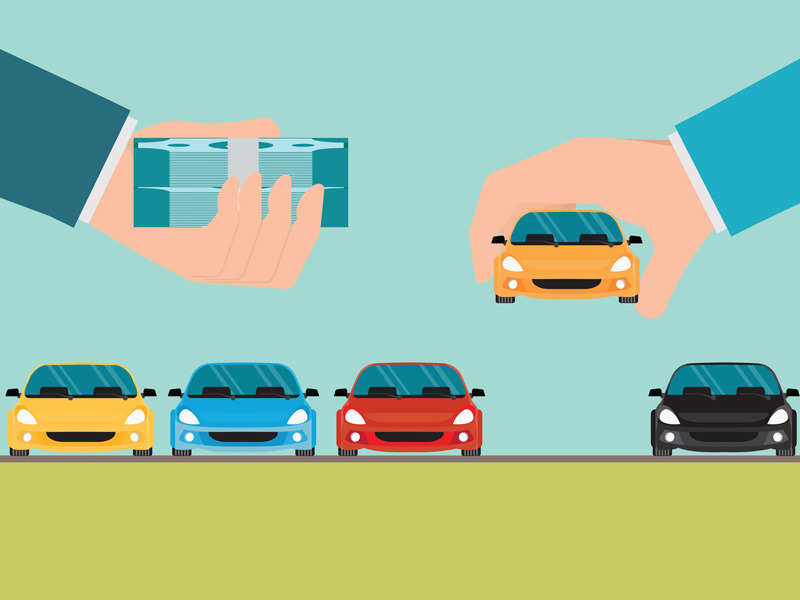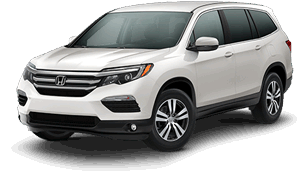This situation is all too common. You want or need to get a new car, but you’re still making payments on your old one. Well, luckily for you this is a possibility. In fact, dealers do it so often, they’ll most won’t even sound surprised when you tell them you owe money on the car you want to trade in. However, there are plenty of things that you need to think about when trading in a car that you still owe money on, and much of it depends on your own personal situation. To help you decide if this move is right for you, we decided to take a closer look at this frequent situation.
What Happens When You Trade in a Financed Car?

The dealer takes care of most of the process, and it’s pretty straightforward. Say, for example, you still owe $4,000 on your car and the dealer is willing to give you a trade-in value of $6,000. The dealer will take possession of your car, pay off the $4,000 you still owe and the $2,000 difference is what goes towards your new car that’ you’re purchasing with the dealer.

Let’s keep with the example outlined above. If you’re buying a Honda Civic sedan for $19,000. That $2,000 would knock the overall price down to $17,000. From there, you’d have to decide if you would like to take out a loan for that amount or put down some additional money so that you could finance even less.
All of this will happen at the dealer in the finance department. There will be a lot of paperwork involved. Make sure you understand all the details before signing any documents. Usually, it’s a pretty straightforward process if you’ve bought a vehicle before.
What if You’re Upside Down on Your Auto Loan?

Problems arise when you’re upside down on your current auto loan. Being upside down means you owe more money than the car is worth. For example, if you owe $4,000 on your car, but the dealer is only willing to offer you $2,000 as trade-in value for your car, you’re upside down. It is still possible to buy a car in this situation. In fact, this is pretty common as well. Many people take out long-term car loans, and their car depreciates in value to the point where they’re upside down on the loan.
If you’re in one of these situations and in need of a new vehicle, the process will be a little different. Dealers will still let you buy a new car. With the example outlined above, here’s what happens. You trade in your car and the dealer pays off your remaining auto loan and takes your current car. Then the remaining sum you still owe gets added to your new loan. So, if you were buying that Honda Civic sedan for $19,000, it would now cost you a total of $21,000.

The issue with these kinds of deals is that buyers often get into a bad cycle, one where they simply jump from one upside-down loan to another. This usually means the money they owe in relation to their car just keeps climbing. Depending on how much they owe on the car they want to trade in, they could potentially be upside down on their new auto loan from day one.
Whenever possible, you should focus on avoiding this situation. The best way to do this is to pay off the balance yourself in cash when you go to buy a car. If you can’t do that, as many people can’t, you’re probably better off keeping the car and continuing to make payments until the loan is paid off. If that is still not an option, refinancing your auto loan may be the answer.


